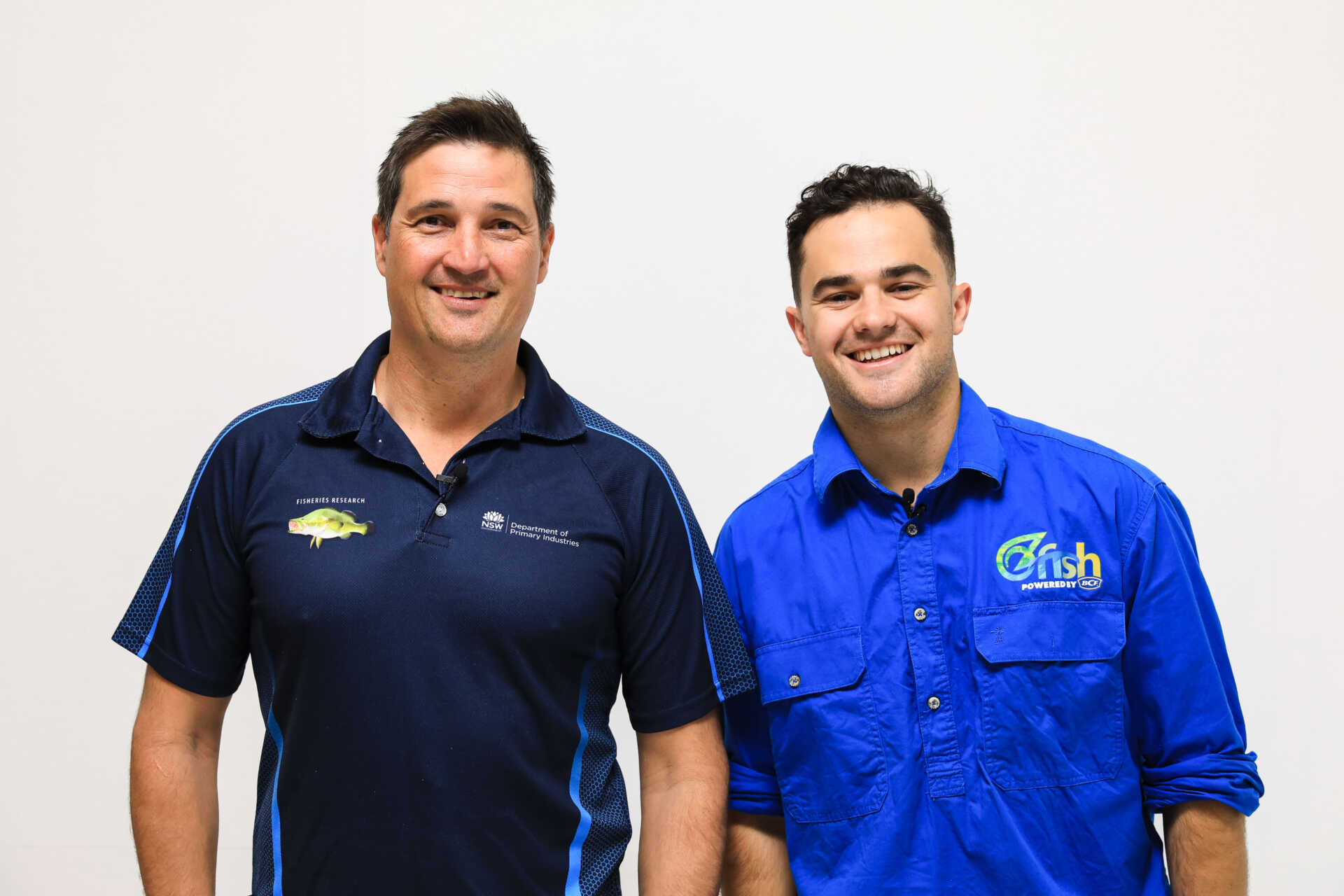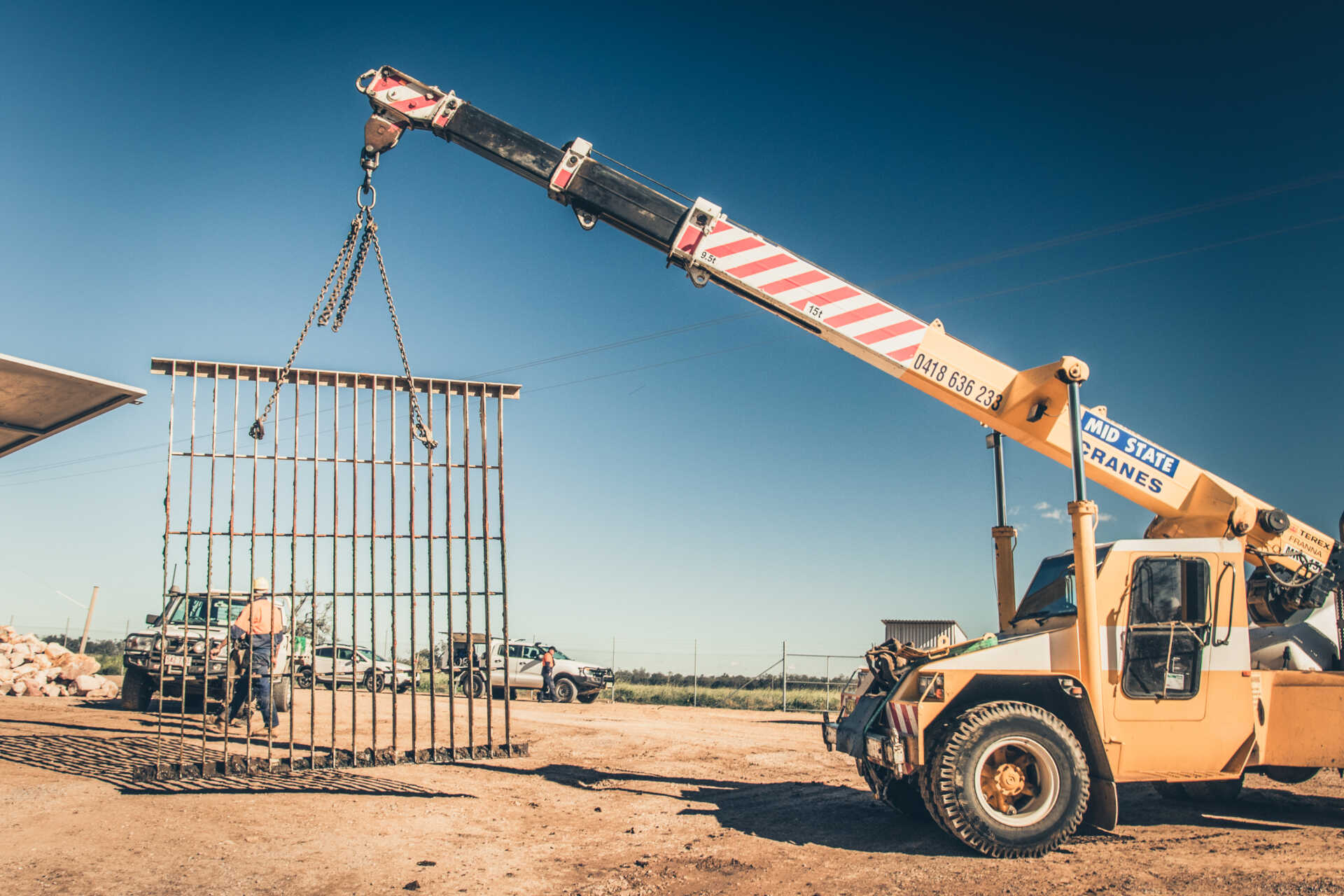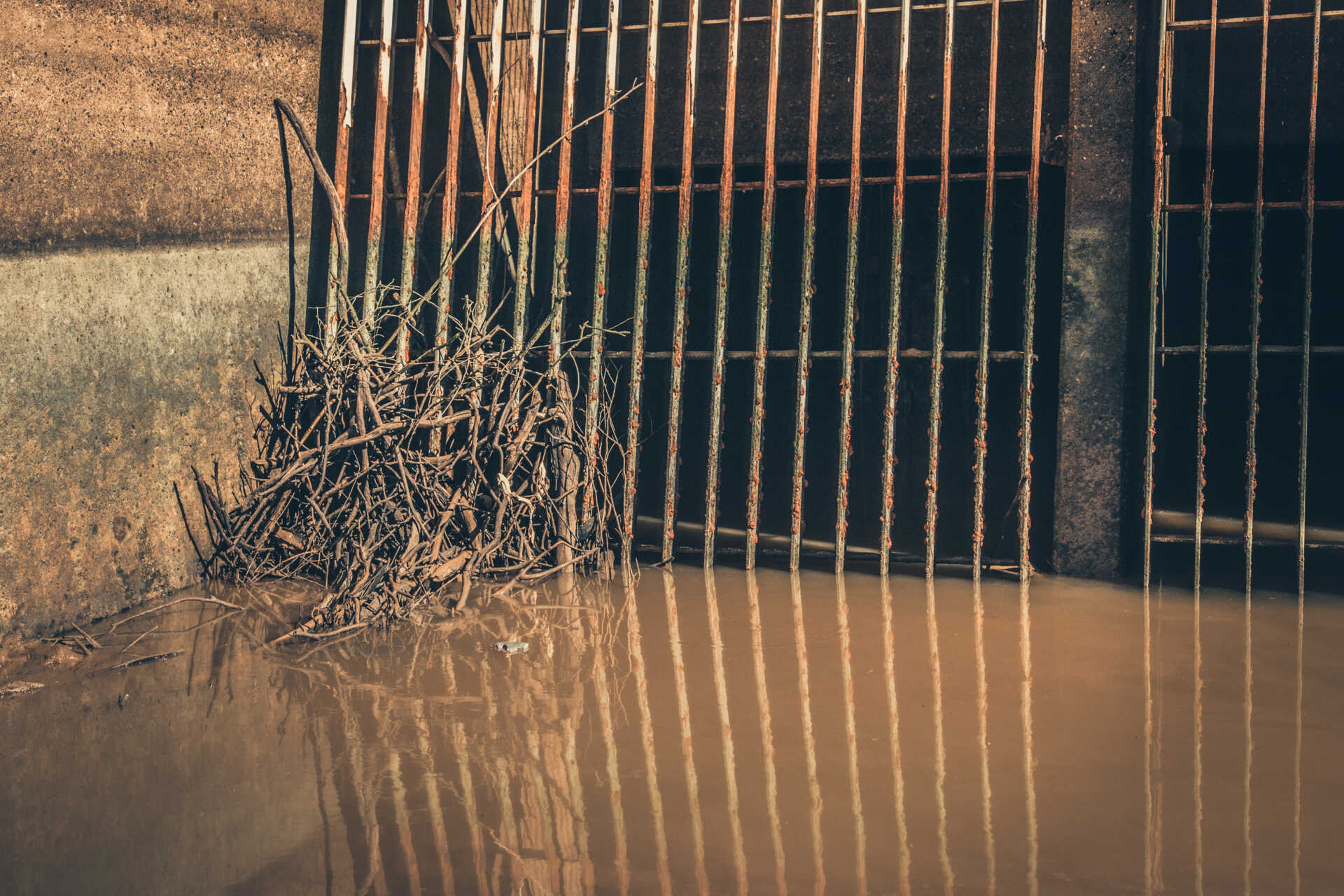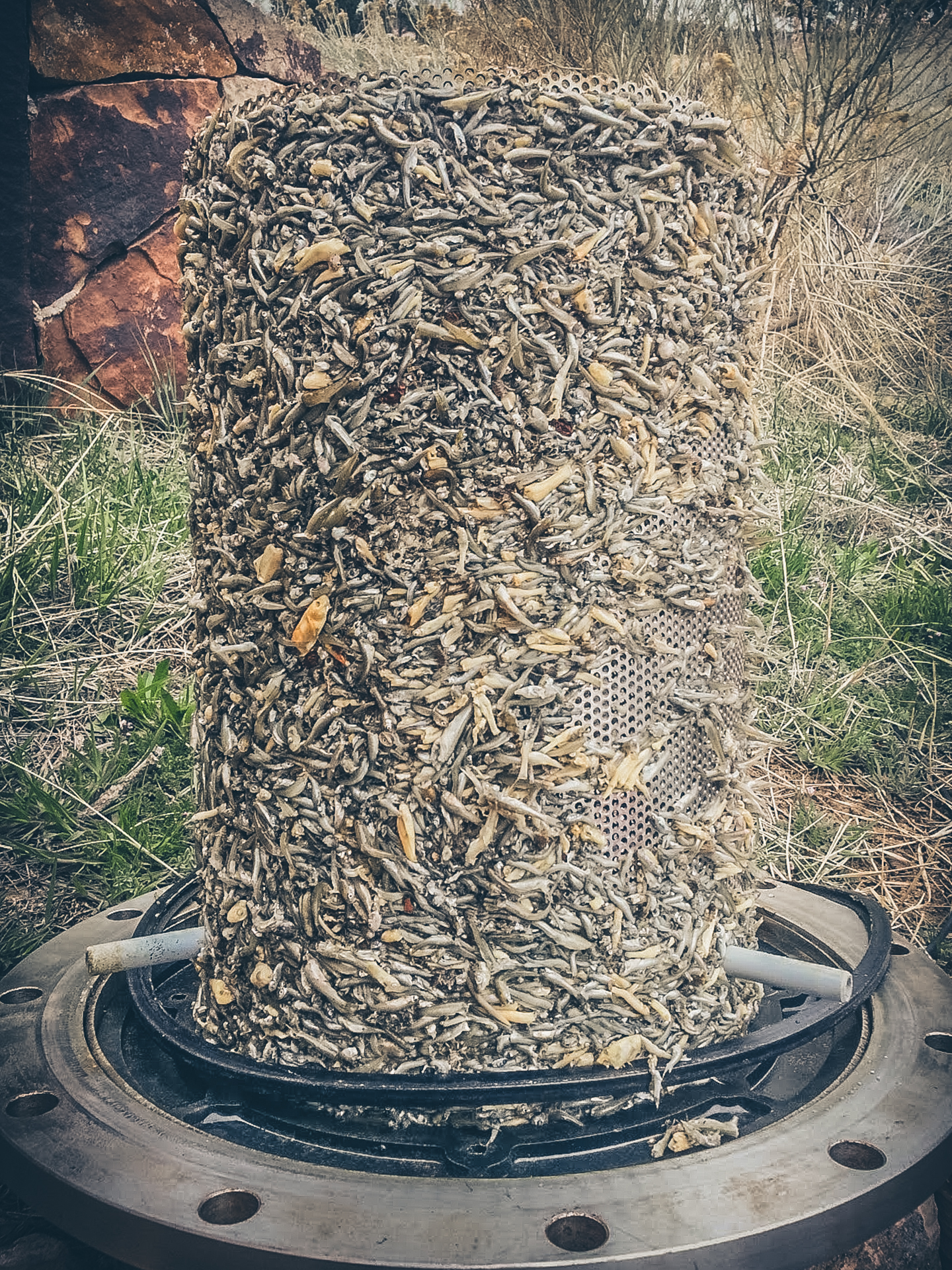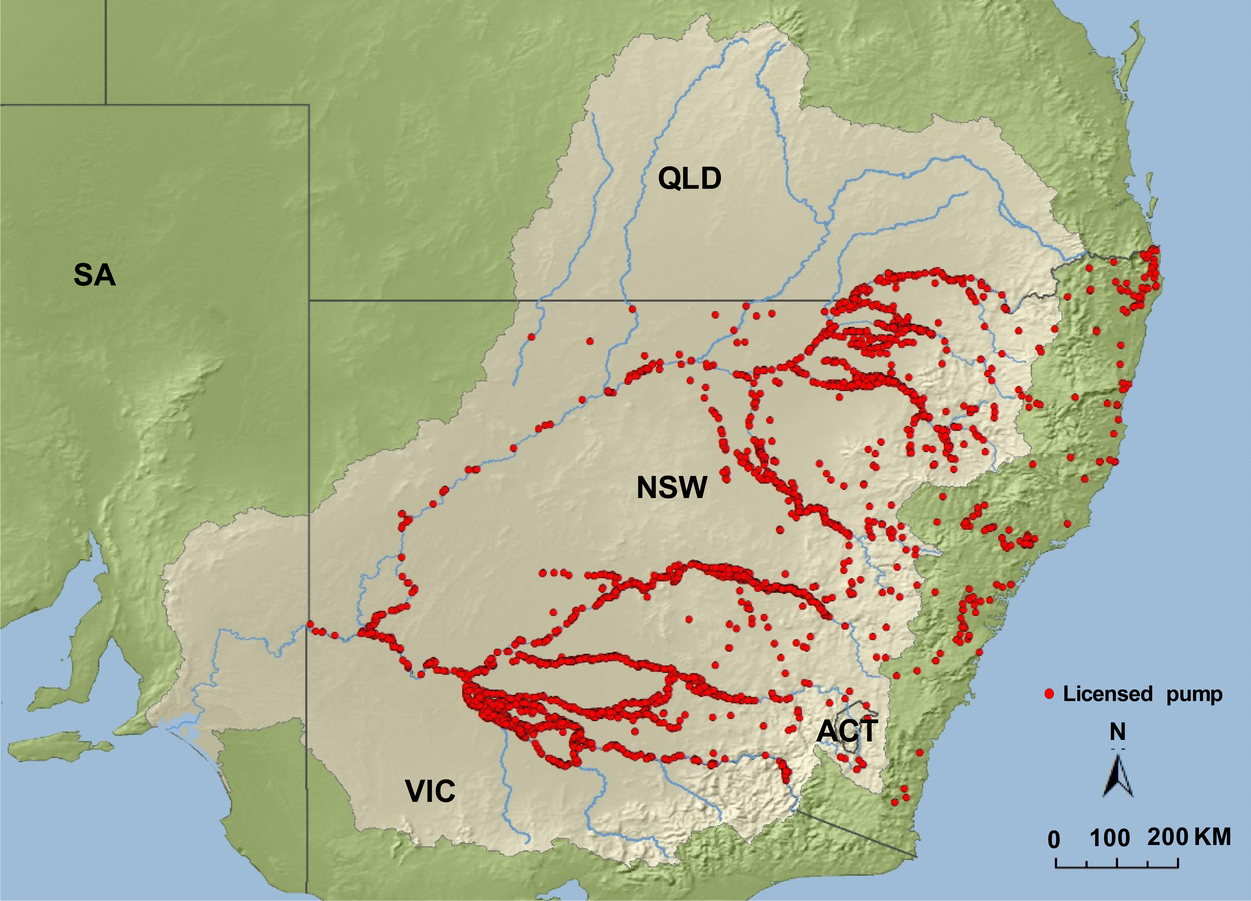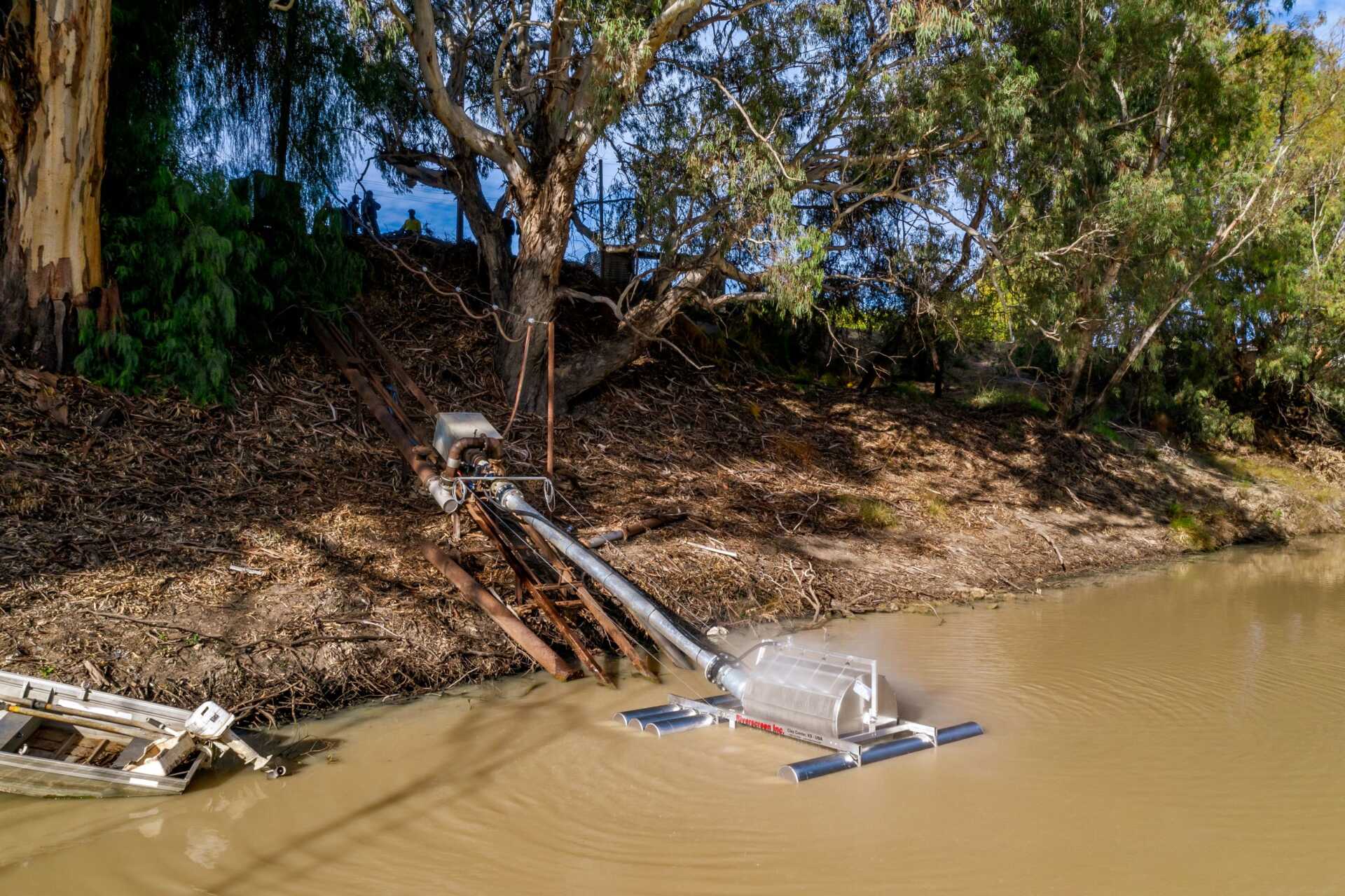‘The sleeping giant of river restoration’: State-of-the-art screening solving an old problem

Understanding the scale of the problem of unscreened pumps and diversions is only a recent phenomenon in Australia but new fish screening technology could be “the sleeping giant of river restoration”, according to distinguished fisheries scientist Dr Craig Boys.
The Principal Research Scientist for the NSW Department of Primary Industries (Fisheries) and Adjunct Associate Professor of Research at Charles Sturt University is one of the driving forces behind the introduction of fish screens in Australia.
Dr Boys tells the tale of how screening is reinvigorating our waterways on the latest episode of OzCast, the official podcast of OzFish Unlimited, Australia’s fishing conservation charity.
Unlike the irrigation pumps and gravity-fed diversions that have traditionally been used in Australia, the new screening methods do not take aquatic species out of the waterways when they draw water for farmers and town water in regional locations.
“It’s really the sleeping giant of river restoration. You only have to go back 10 years ago and nobody was really talking about the losses of fish at water diversions as one of the key threats to native fish. That’s changed now.
“We divert a lot of water out of our rivers for town water supply and most of it for irrigation and agriculture, around 80%.
“Sucked up with that water are our native fish particularly eggs larvae and juveniles.
“It’s hard to see. You speak to people who operate water diversions and you can’t see below the surface, you don’t really understand the full impact.”
While awareness for workable solutions is relatively new, the issue has been a thorn in the side of Australian farmers and conservationists for many decades.
Dr Boys said as far back as the 1940s, Australia’s head of fisheries at the time, T.C. Roughley, went to the Murray River to meet with farmers because “they had millions of cod that were dying in the irrigation system”.
“They were talking about ‘how do we solve this problem?’ and they were suggesting things like how about we use these irrigation canals as hatcheries to restock the rivers. That’s how many fish that were in there,” he said.
“We have known about the problem for a long time, what we haven’t had is a viable solution.
“Since Europeans settled in the country we’ve done a lot of damage to our river systems, we’ve introduced species, dammed our rivers and changed flow patterns, we’ve changed habitats, we’ve pulled snags out of rivers and we’ve put a heap of concrete and steel across our rivers to capture and divert flows.
“Everything from big dams to low-level weirs. We’ve turned our rivers from a series of flowing habitats into a series of pools.
“These weirs have stopped our fish being able to move naturally up and down rivers but they have to pass through weirs or through hydro-powered turbines and this munches them.
“It’s not good for fish. We lose a large proportion of our fish as they try to pass these structures and if they don’t pass them, they then sit in a weirpool and are really susceptible to being sucked up by pumps.”
The main ways water is provided for agriculture in Australia is through irrigation pumps and gravity-fed diversions.
The pumping system involves a pipe in a waterway which sucks water out while a gravity-fed diversion uses a weir to back the water up and lift the water level to create a weirpool, which then uses gravity to direct water down a channel.
Both systems are a problem because aquatic species, including larvae, follow the flow and are taken out of their natural habitat.
Australian authorities have tried to offset the countless fish that are lost to these methods by restocking our waterways with native species.
“When we talk about the numbers of fish that we believe that we are losing, if we look at NSW data alone from pumps – about 4500 of them – we believe through some of the contemporary research that we’ve been doing, we’re probably losing about 97 million fish per year,” Dr Boys explained.
“And that’s a conservative estimate!
“We’re looking at two million native fish that we are stocking into our rivers so that 97 million is 50 times more fish being removed every year than we’re tipping in. Species like Murray cod, trout cod, silver perch and golden perch.
“Based on the best evidence we’ve got now it’s clear that it’s a big issue we’ve been sleeping on.
“Do we keep ignoring this or is there a better solution?”
The first fish-friendly screens were installed in Australia in 2017 after research funded by the Murray Darling Basin Native Fish Strategy recommended these overseas systems as a solution.
“Fish screens are a solution that has been worked on and refined for over a hundred years in countries like the United States,” Dr Boys added.
“We can apply best practice, we don’t have to make the same mistakes, and they’ve made many over the years, when it comes to designing our fish screening programs.”
OzFish, with support from BCF – Boating, Camping, Fishing, is working with the Australian Government’s One Basin Cooperative Research Centre to raise awareness about fish screens and how they can reduce costs for farmers while also ensuring native aquatic species populations are protected. Find out more on Fish Screen Australia website.

